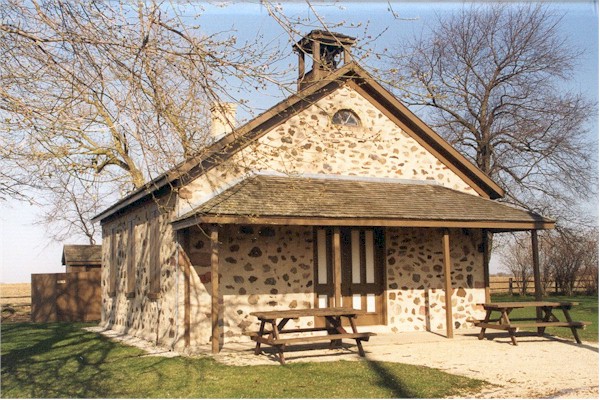A little one-room country schoolhouse in Waubeka, Wisconsin is on the National Register of Historic Places for its connection to the origins of Flag Day. It was there that a 19-year-old teacher and his students held the first known observance of Flag Birth Day on June 14, 1885, using a 10-inch 38-star flag propped up in a glass bottle. Teacher Bernard Cigrand had his students, mostly descendants of Luxembourger immigrants, honor Old Glory by “reading essays they had written and discussing the flag’s history and meaning,” according to the Wisconsin Historical Society.
Cigrand had a profound love for the American flag and launched a 31-year campaign for a national observance of the flag’s birth. Inspired by Cigrand’s actions, President Woodrow Wilson proclaimed June 14 to be Flag Day, though the day was not officially established by Congress until 1949. The action also declared the Flag would be displayed on all government buildings. Cigrand, who went on to become a professor of dentistry and college dean, is known as the Father of Flag Day.
The Stony Hill Schoolhouse held its last classes in 1916 but is now a museum and the site of Flag Day celebrations, held annually on the Sunday before June 14.
To learn more about Flag Day, visit http://www.nationalflagday.com/.
